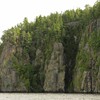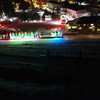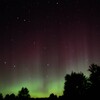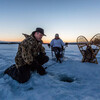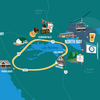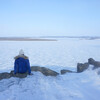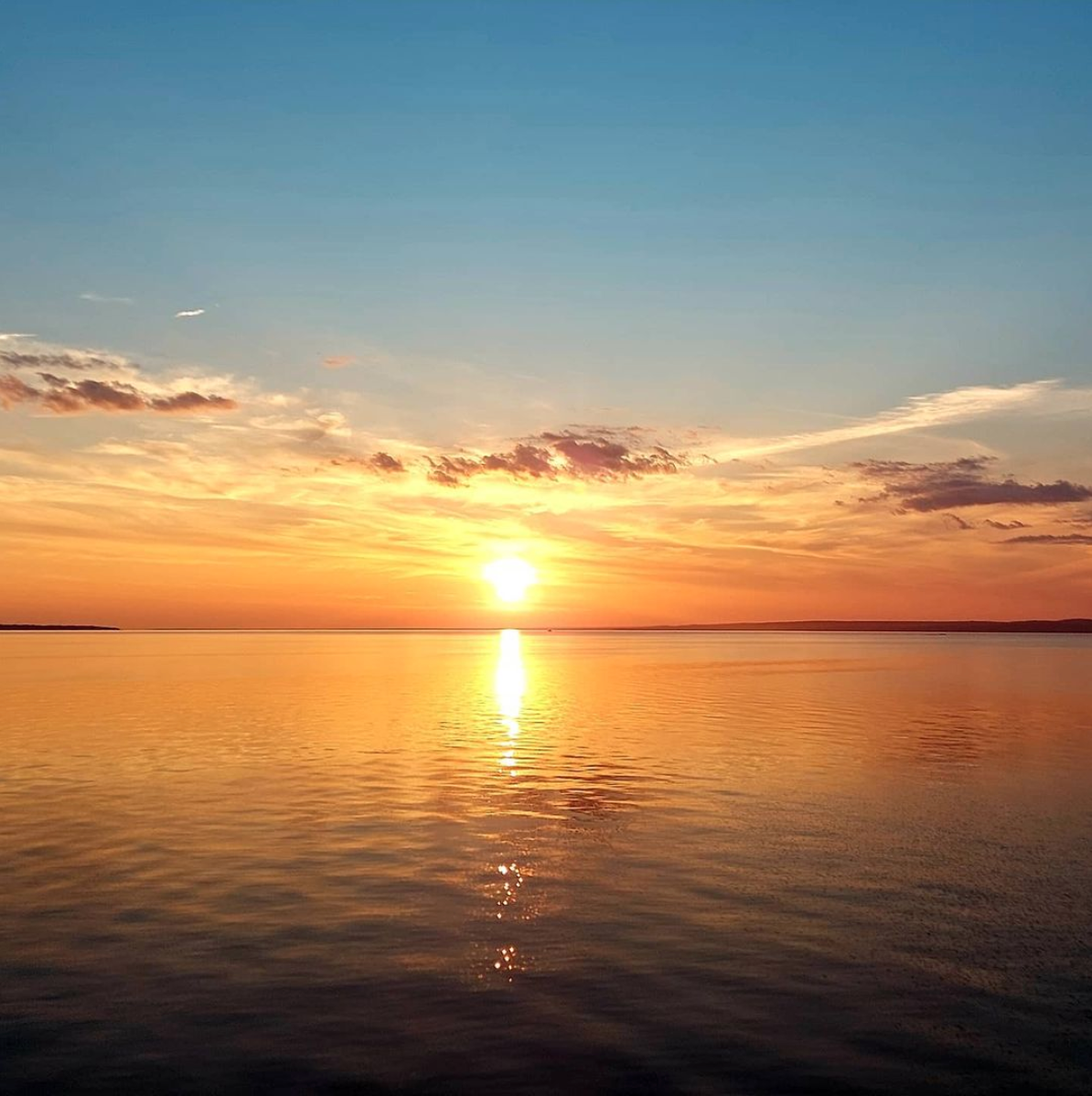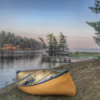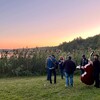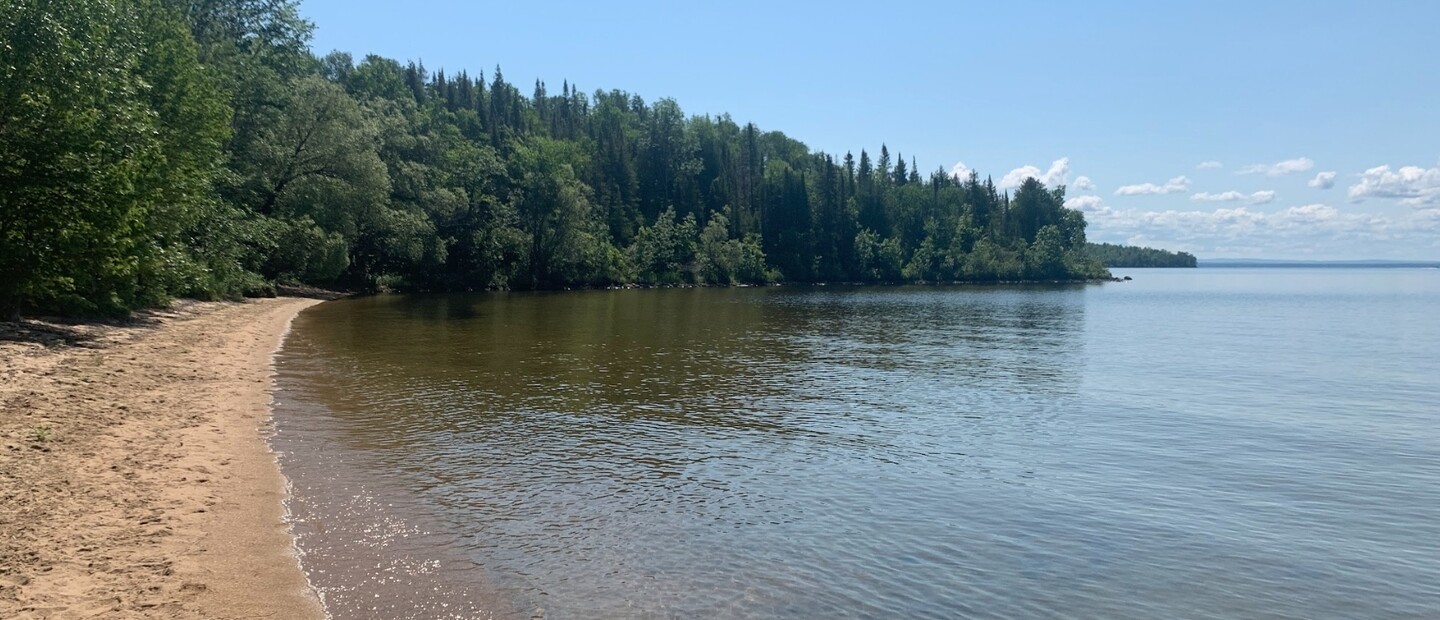
An Insider's Guide to Ontario's Manitou Islands
Located about two and a half hours from Manitoulin Island, and bordered by the communities of North Bay, Callander and Sturgeon Falls, Lake Nipissing is one of the largest lakes in Ontario—not including the great ones—and there you'll find the Manitou Islands. Whether you’re a dark-sky tourist, beach-lounger or bird-watcher, a trip to the Manitous is a great way to get off the road and get onto the water.
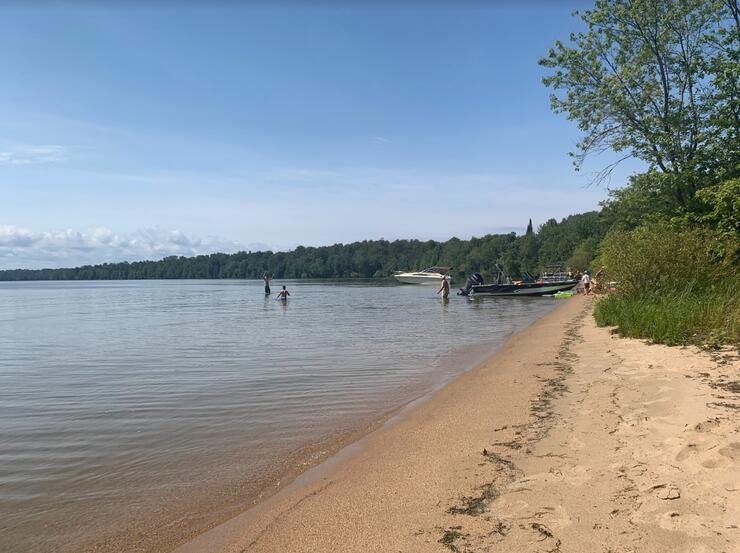
The Geological History of the Manitou Islands
Great Manitou, Calder, Newman, Rankin and Little Manitou Islands have a rich and mysterious history dating back to their formation. Lake Nipissing contains two eroded Proterozoic volcanic pipes, formed by the supersonic eruption of deep-origin volcanoes. The Manitou Islands complex, as well as the Callander Bay complex, are remnants of magma propelled to the surface approximately 500 million years ago. The area contains a number of uncommon rocks and many minerals.
Archaeological investigations have identified two sites on the islands dating between 200 BC and 800 AD, which have contributed to the knowledge of Ontario’s geological and cultural history. Historical records also indicate that the North West Company may have used the island as a stopping point on its trade routes. The islands became a Provincial Park in the 1980s; however, no amenities are provided on the islands, and overnight stays are neither allowed nor recommended by the locals.
The History and Lore of the Manitou Islands
Lake Nipissing and the Manitou Islands are located on Robinson-Huron Treaty Territory, which is the traditional land of the Anishinaabe Nipissing First Nation. The first peoples of this land have always felt there was mystery to these islands and believed them to be haunted, a belief that still thrives to this day with the locals of the area. Folklore has claimed that no one is able to live on the islands—and no one ever has. Those who tried left the islands soon after arriving, reporting mysterious and strange occurrences while there.
The largest of the Islands, Great Manitou, has also been dubbed Devil’s Island or Ghost Island. Several attempts to inhabit this island did not come to fruition, including a hotel and dancehall that burned down. Some believe the John Fraser steamship tragedy was linked to the Island’s curse. During the cold war era, a headframe and mining shaft were built on Newman Island, where uranium deposits were found. The mine failed after several deaths occurred there, including lives lost when trucks transporting loads back and forth went through the ice. Giles Blunt, a famous North Bay author, took inspiration from the spooky mining sites of the Manitou Islands for his book Forty Words for Sorrow a murder mystery based in a town similar to North Bay. Forty Words for Sorrow starring fictional protagonist John Cardinal has been adapted into the television show Cardinal, available on CTV.
Getting to the Manitou Islands

While the islands have a mysterious history, that doesn’t stop people from taking in their beauty during the day. The best way to tour the islands is definitely by Seadoo, but boats work too.
The best places to launch your watercraft are from a public boat launch in North Bay, such as the North Bay Marina, Sunset Park boat launch or Champlain Park boat launch. You can also launch from Callander or the Nipissing South Shore. From any of these areas, you will reach the islands within 10-15 minutes. On a calm glass lake, a Seadoo can reach them within 5-7 minutes. When looking out at the islands, it is not unusual for them to appear to be floating above the surface of the water, an optical illusion. If you circle Great Manitou Island, you will find a gorgeous, long sandy beach. On a beautiful warm summer’s day, you can expect to find Seadoos and boats parked side by side, with the beach filled with people enjoying the summer sun. The water here is shallow, with a gentle decline to deeper water, which is perfect for the whole family.
While you can adventure off the beach onto Great Manitou or visit the other islands, it’s not recommended unless you’re prepared. There are many reports that the smaller islands are not great for swimming due to a great deal of (harmless) water snakes, and all the islands have brambles of poison ivy located inland. If you want to go for a walk on the islands, make sure to have long pants, closed-toed shoes and long sleeves.
Bird-Watching on the Manitou Islands
The Manitou Islands have had long-term protection as a nature reserve, which has been facilitated by the Nature Conservancy of Canada and local naturalist clubs. The Islands are home to over 50 species of breeding birds, and include Great Blue Heron colonies and osprey nesting sites. The heron and osprey populations are monitored to determine their optimum nesting ecology and population dynamics, so it is not uncommon to find naturalists and ecology students touring the islands. If you happen to be exploring the islands and spot nests or nesting birds, you are kindly asked not to disturb them.
A Day Cruise to the Manitou Islands: No boat? No problem.
If you don’t have access to a watercraft of your own, another great way to tour the islands is on the Chief Commanda II, a 320-passenger cruising vessel. The 1.5 hour Manitou Island Scenic afternoon cruise tours in and around the islands, while the captain elaborates on the myth, legend and history of the islands. You'll get a great view of the islands, but if you want a closer look bring a pair of binoculars for a close-up of the birds that call the islands home. While you make your way to and from the islands, relax on the Chief and grab a drink from the fully-licensed bar or grab some grub from the open-air BBQ station.
Recommended Articles
The Seven's Best Hikes, Biking Trails and Lakes

7 Best Spots to Check Out in The Seven

Budget Bliss: Explore Northeastern Ontario Without Breaking the Bank

Bring Your Fam!

Time to Unwind: 6 Spa Havens to Discover In The Seven
5 Amazing Places to SUP in Northeastern Ontario

5 Amazing Bike Rides to Discover

Northern Lights in Northeastern Ontario

Northeastern Ontario's Best Pride Festivals

Fish for one of the World's Rarest Species of Trout

An Insider's Guide to Manitoulin Island

6 Small-Town Gems to Explore in Northeastern Ontario

11 Best Things to Do in Kapuskasing, Ontario




